Located at the heart of the city, near Truc Giang Lake and the Ben Tre Museum, An Hoi Temple bears the ancient charm of a structure of over a hundred years old. Normally, the communal house appears somewhat quiet/tranquil/calm and serene, but it comes to life during the Ky Yen Ceremony - an important occasion within the system of communal houses in the spiritual culture of Southern Vietnam.
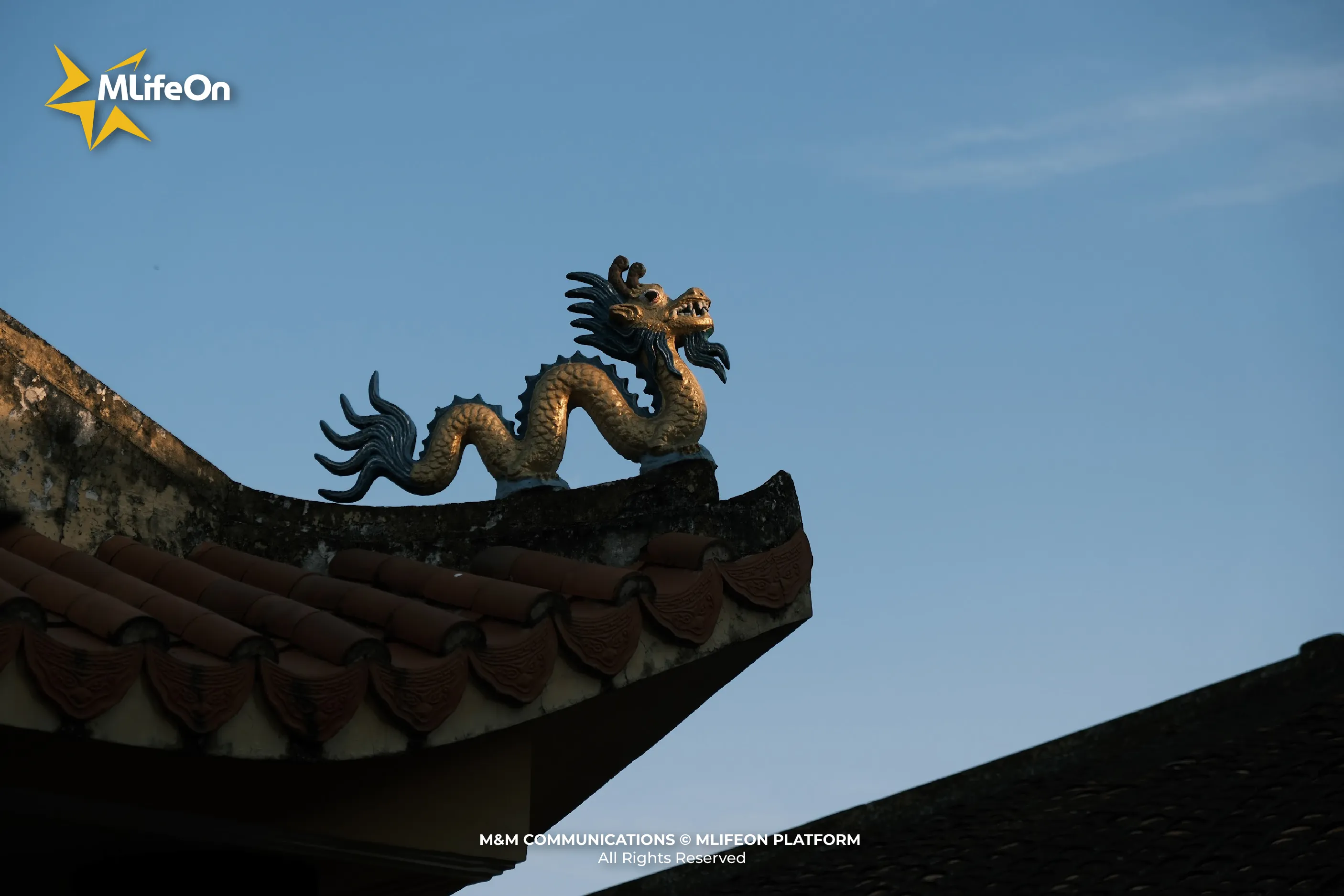
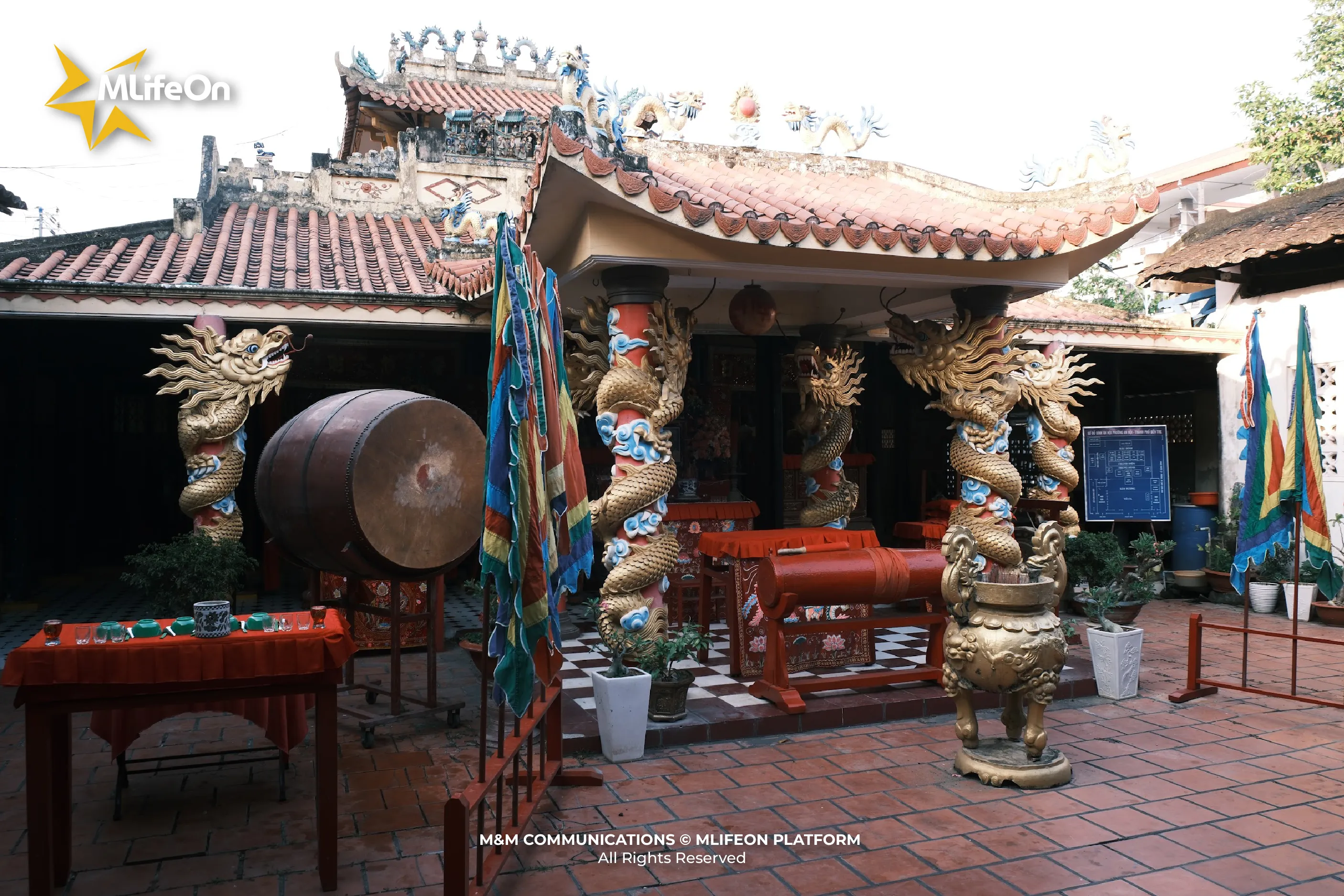
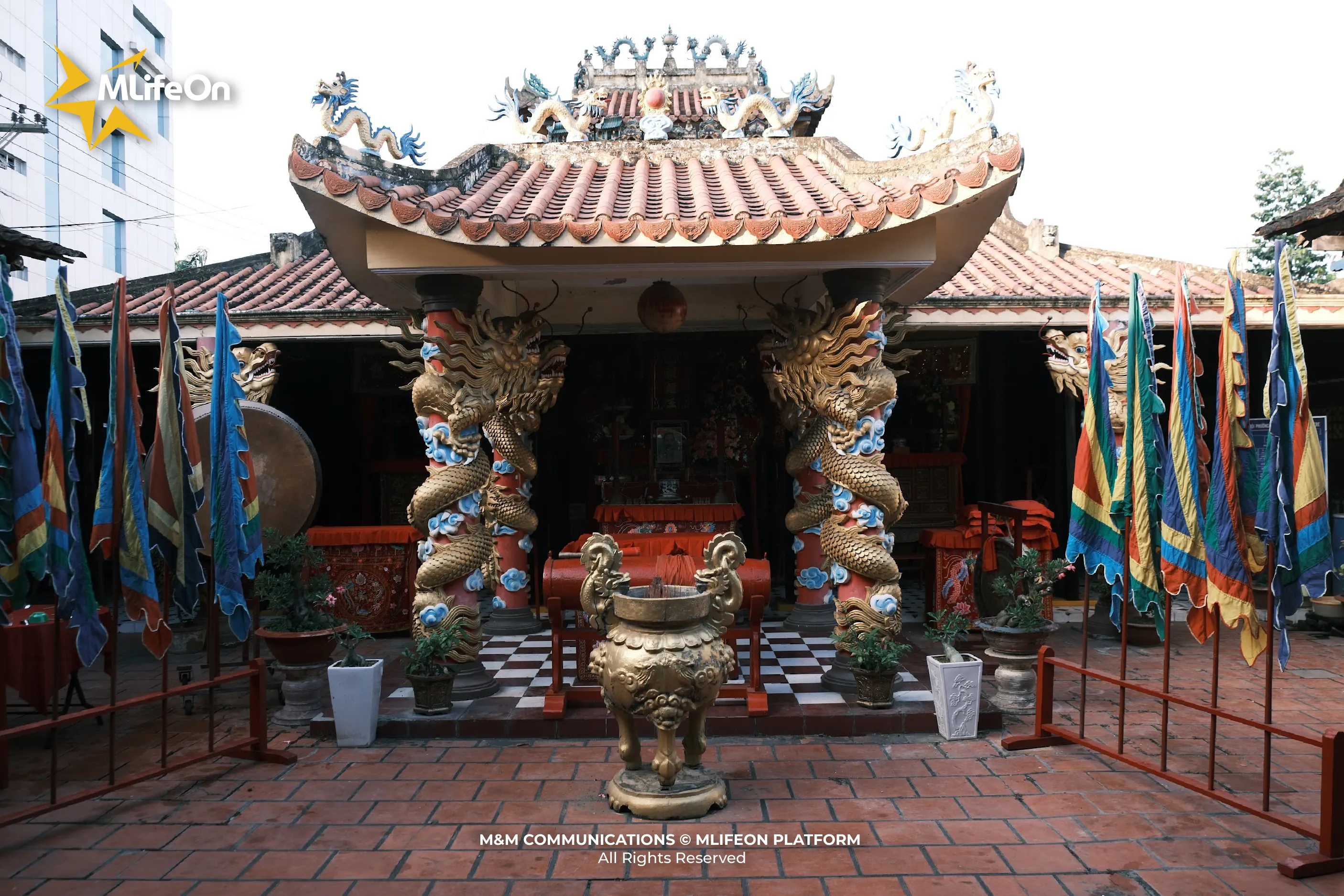
Discovering An Hoi Temple
Constructed by Mr. Huynh Van Sac - a Nguyen Dynasty official, An Hoi Temple originally belonged to the jurisdiction of An Duc village. By 1882, the villages of An Duc, My Hoa, and Phu Khuong merged to become An Hoi village. Since then, An Hoi Temple has become a place of worship for the three guardian deities of the three villages with eight ordinations*.
In 2015, An Hoi Temple was officially recognized as a provincial-level historical and cultural relic, hosting tourism activities and gaining wider promotion, thus becoming a distinctive feature of Ben Tre's indigenous culture (in particular), and of the entire Southern region in general.
Beyond its indigenous cultural value, An Hoi also preserves the distinctive architectural features of communal houses during the Nguyen Dynasty. Built in the shape of the Chinese character "one" (yī), the communal house's roof is covered with yin-yang tiles, curved in the style of ancient East Asian architecture. The raised roof corners draw inspiration from the ancient riverine civilization's boat prows. The communal house compound is divided into areas: martial arts arena, couplets??? yard, main hall, central hall, and rear hall.
To this day, despite having undergone several renovations, An Hoi Temple still preserves its nearly intact ancient architectural style.
*Ordination: A concept referring to the conferment of titles to the deities worshiped in villages. This type of conferment is carried out according to the King's decree on behalf of the Celestial Emperor to confer titles upon the deities worshiped at the village communal house. The more royal edicts a communal house has, the more sacred it is and the more trusted by the people.
The Ky Yen Ceremony at An Hoi Temple
the Ky Yen Ceremony in the spiritual culture of the Southern region refers to one of the most important occasions within the temple system. The Ky Yen Ceremony or the Prayer for Peace is often held at the beginning of the preparation for the new agricultural season. It's not only a ritual to pray for “favorable weather and national peace”, but also an opportunity for the villagers to express their gratitude to the Agricultural Deity - the Than Thanh Hoang*, as well as other benefactors.
*Than Thanh Hoang: the main deities worshiped in Vietnamese village temples. They are believed to govern and protect the village, contribute to the nation, and help the people.
The Ky Yen Ceremony at An Hoi Temple usually takes place on the 12th or 13th day of the 12th lunar month. From early dawn, the atmosphere around the temple becomes lively. The earliest arrivals are usually the members of Ban Te Tu* and those responsible for preparing the offerings. They wear the traditional Ao Dai with neatly wrapped turbans on their heads, making it easy to identify them by their distinctive attire. Each person has a specific rank and role, which can be told depending on the color of their Ao Dai. As the festival approaches, the temple and the courtyard become more and more crowded and lively with the increasing presence of Ao Dai figures.
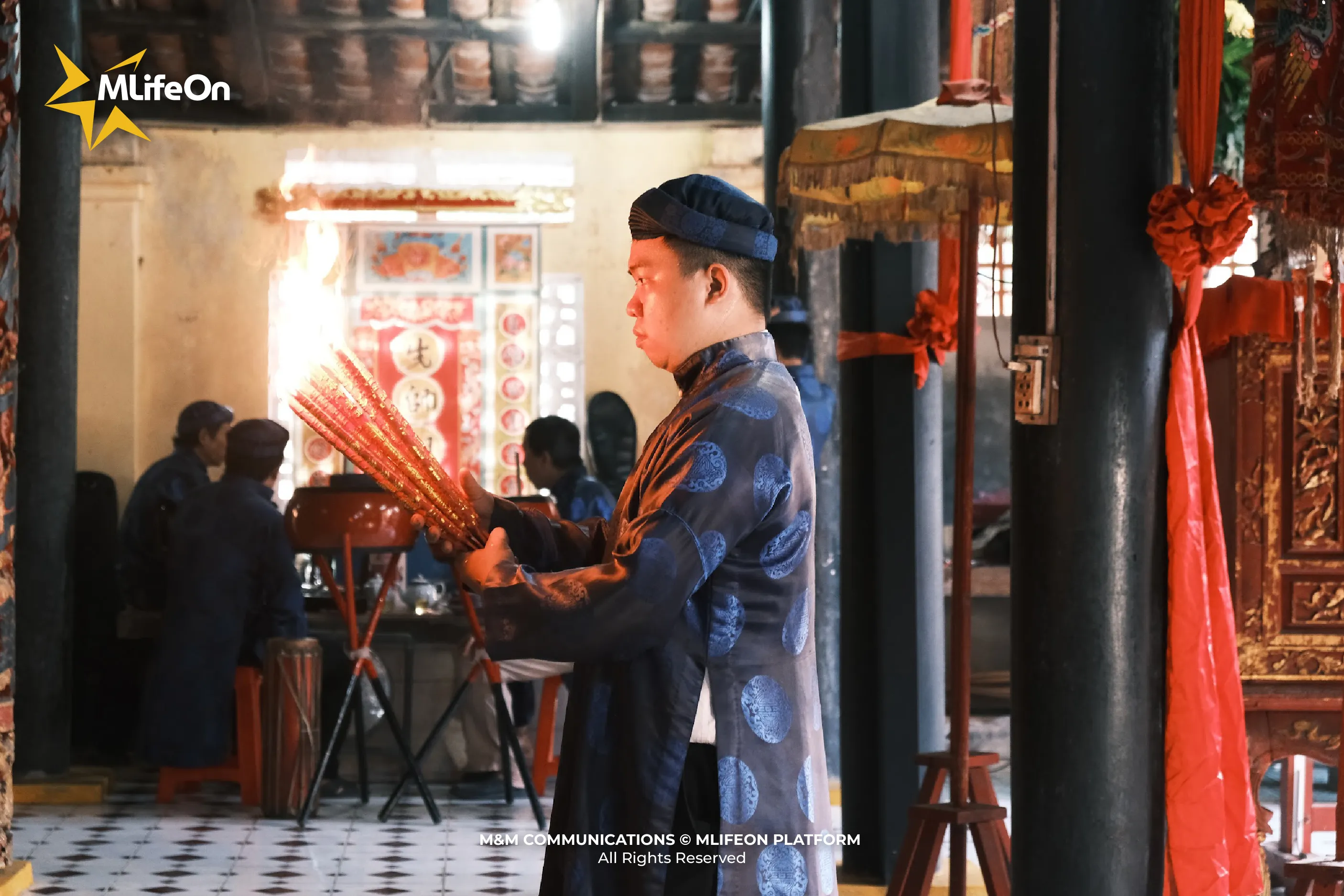
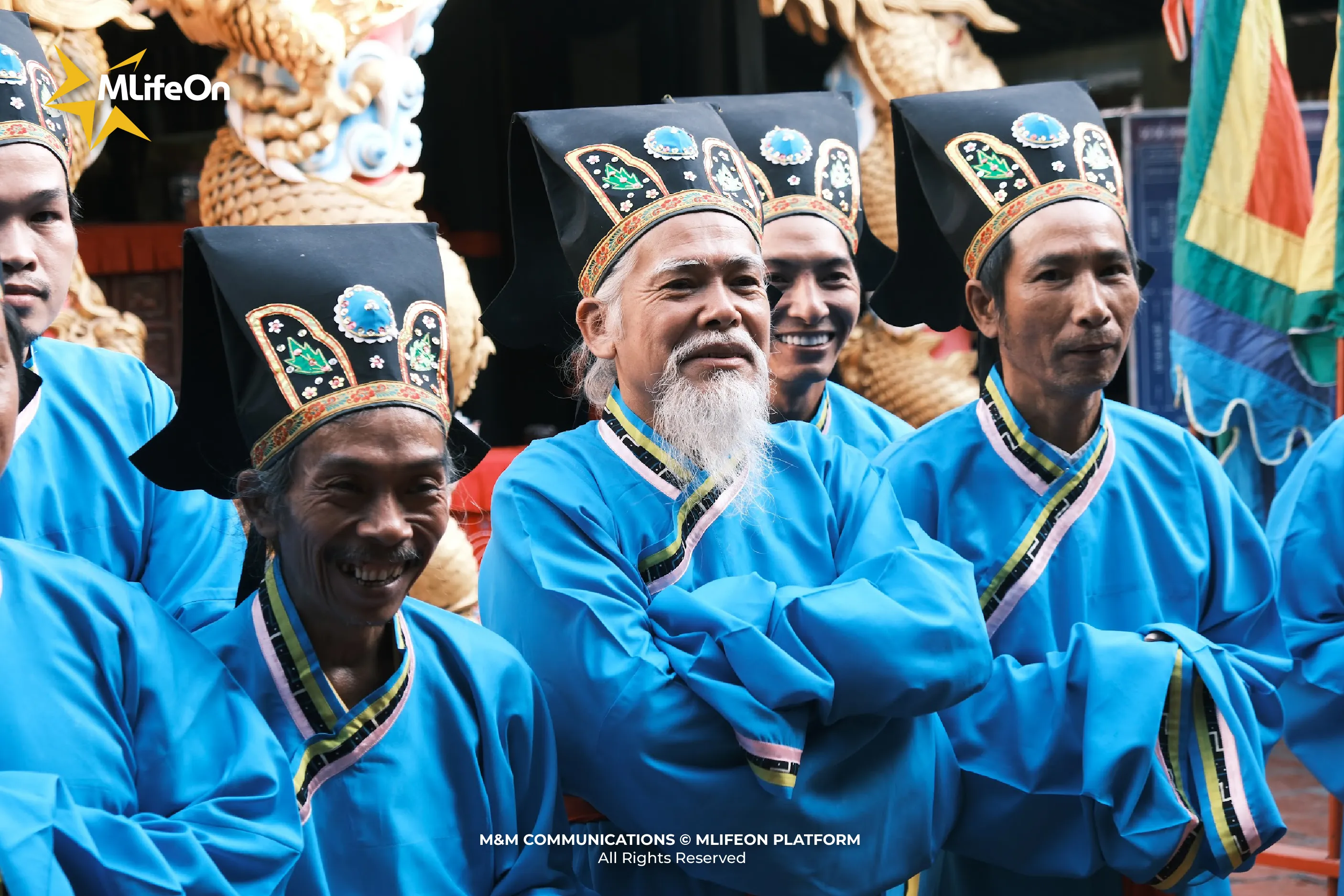
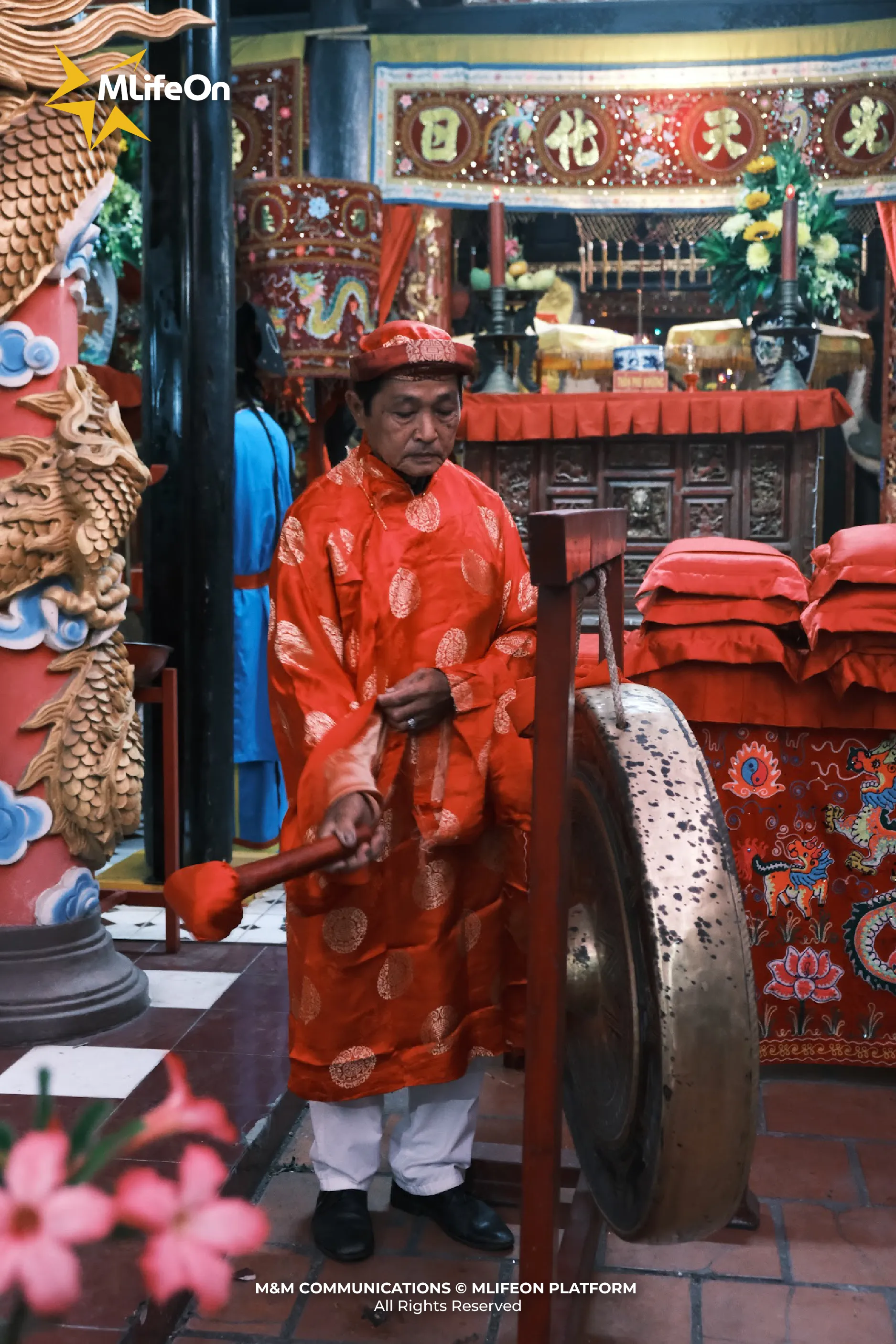
*Ban Te Tu: an organization consisting of individuals who have made significant contributions to the temple and village, voluntarily taking care of and managing the temple's affairs and rituals.
When it comes time for the ceremony, as the drums and gongs begin to sound, those with higher ranks within the ban te tu, specifically the ritual committee, will proceed to pay respect to the Deeds??? of Ordination of the three Than Thanh Hoang. The Deeds are then carried around in a palanquin procession, which always attracts a large number of participants. Alongside the ban te tu providing support with music and rituals, student groups also become part of the procession, with assigned roles such as bearers of the palanquin, the canopy, the eight Treasures (“bat buu”*), and the New Year tree.
*Bat buu:a set of 8 precious items, typically made of bronze, often chosen for decoration in sacred spaces like temples and shrines.
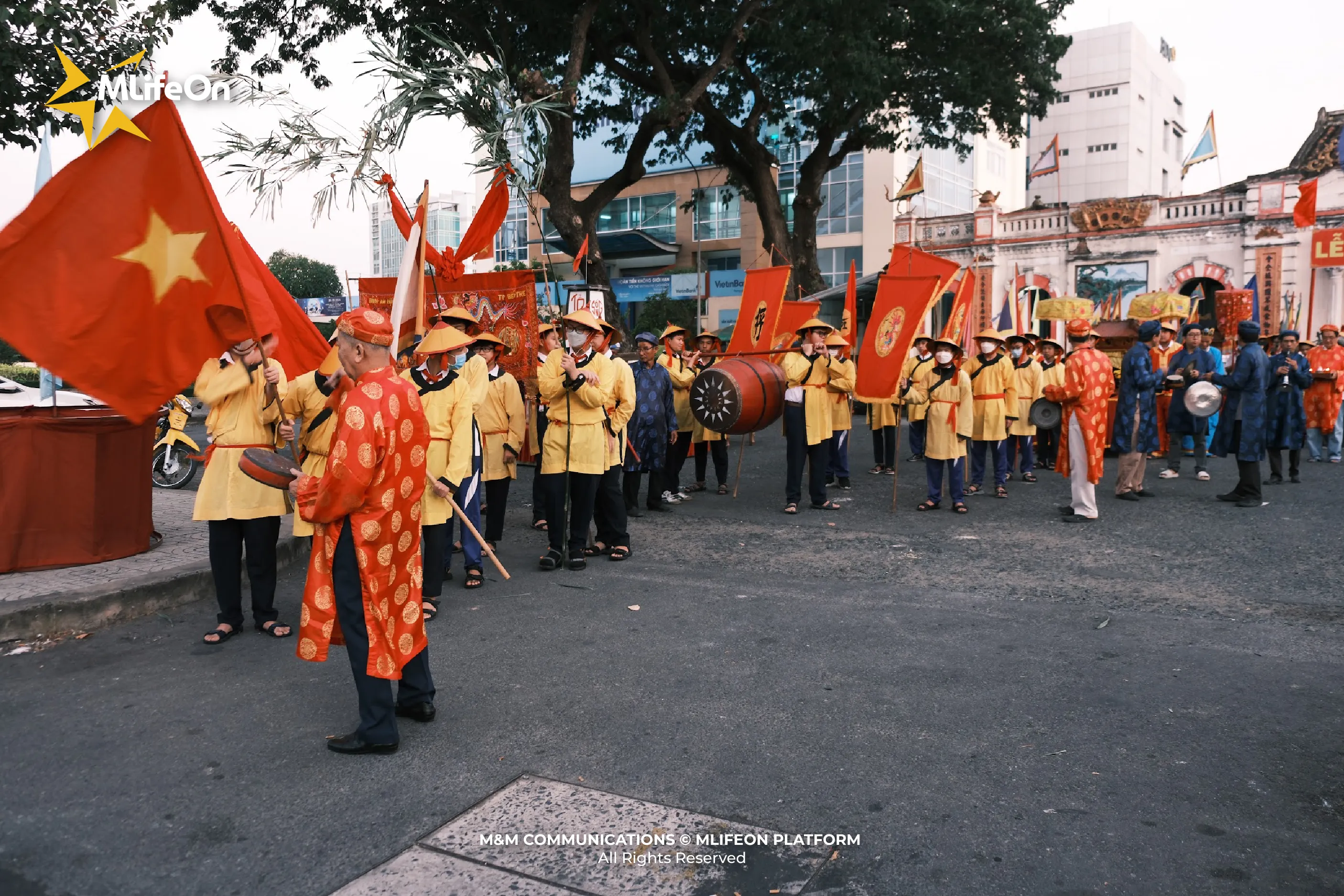
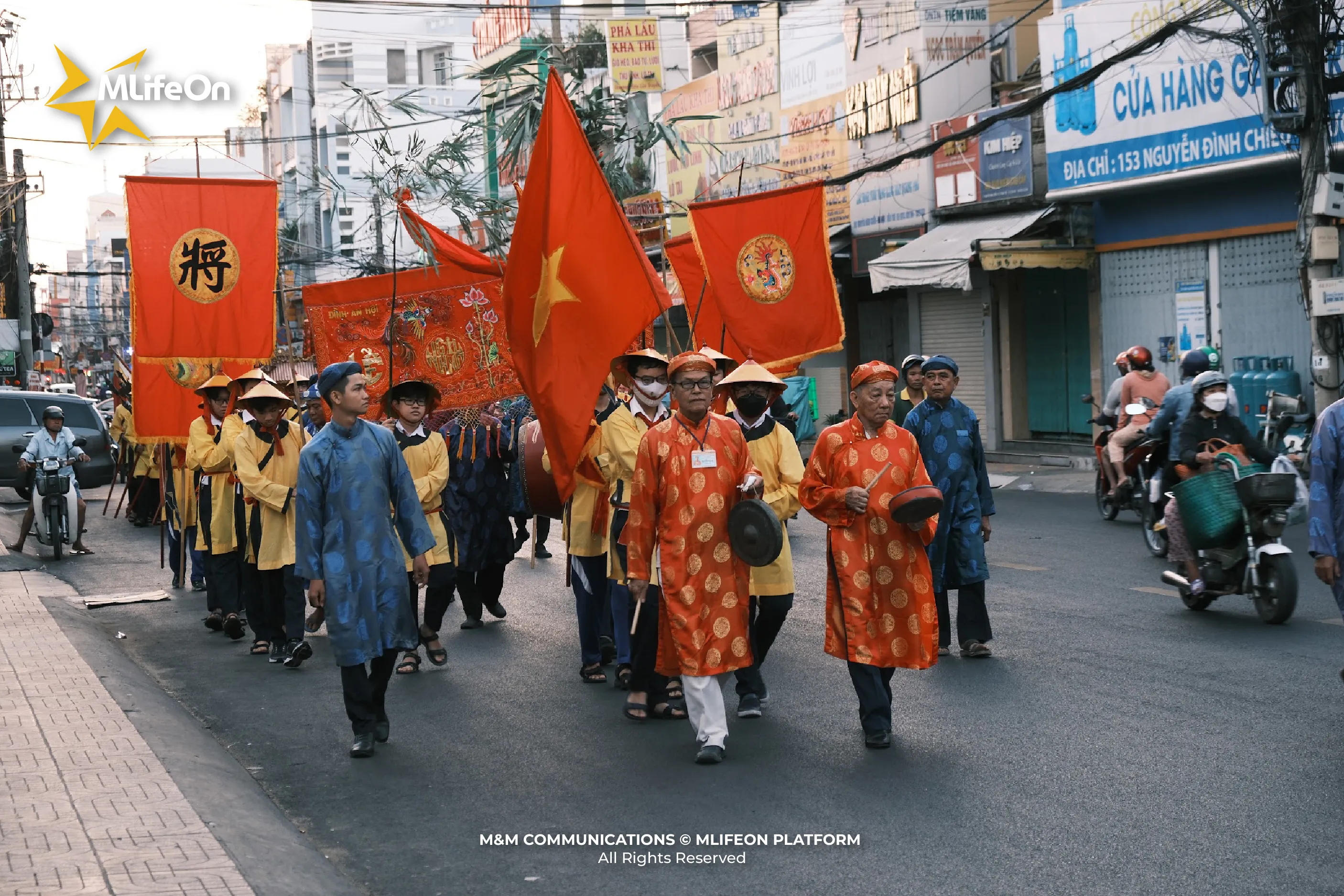
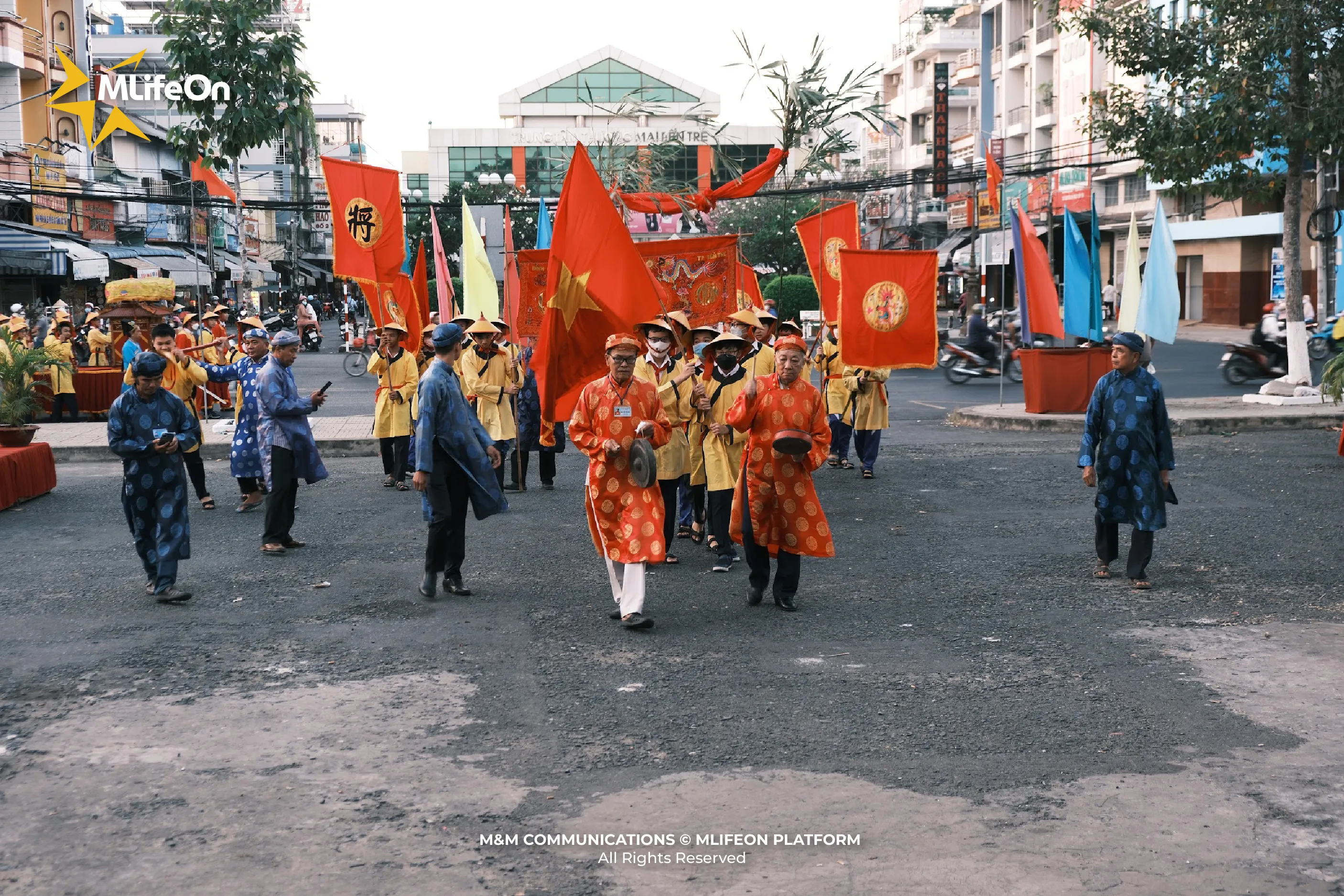
The procession starts from An Hoi Temple, moving along Nguyen Dinh Chieu and Phan Ngoc Tong streets. While marching, participants play drums, ring bells, blow traditional horns, and strike cymbals, blending harmoniously to create the distinctive music of temple rituals, specifically the Ky Yen ceremony.
After circling the surrounding streets, the procession returns to An Hoi temple, where the investitures are placed back in their original positions. The individuals with high ranks within the ban te tu (often senior members) then perform the ritual of offering incense, wine, tea, while reciting prayers to express gratitude to the deities and other guardian spirits who have blessed the village with prosperity and happiness.
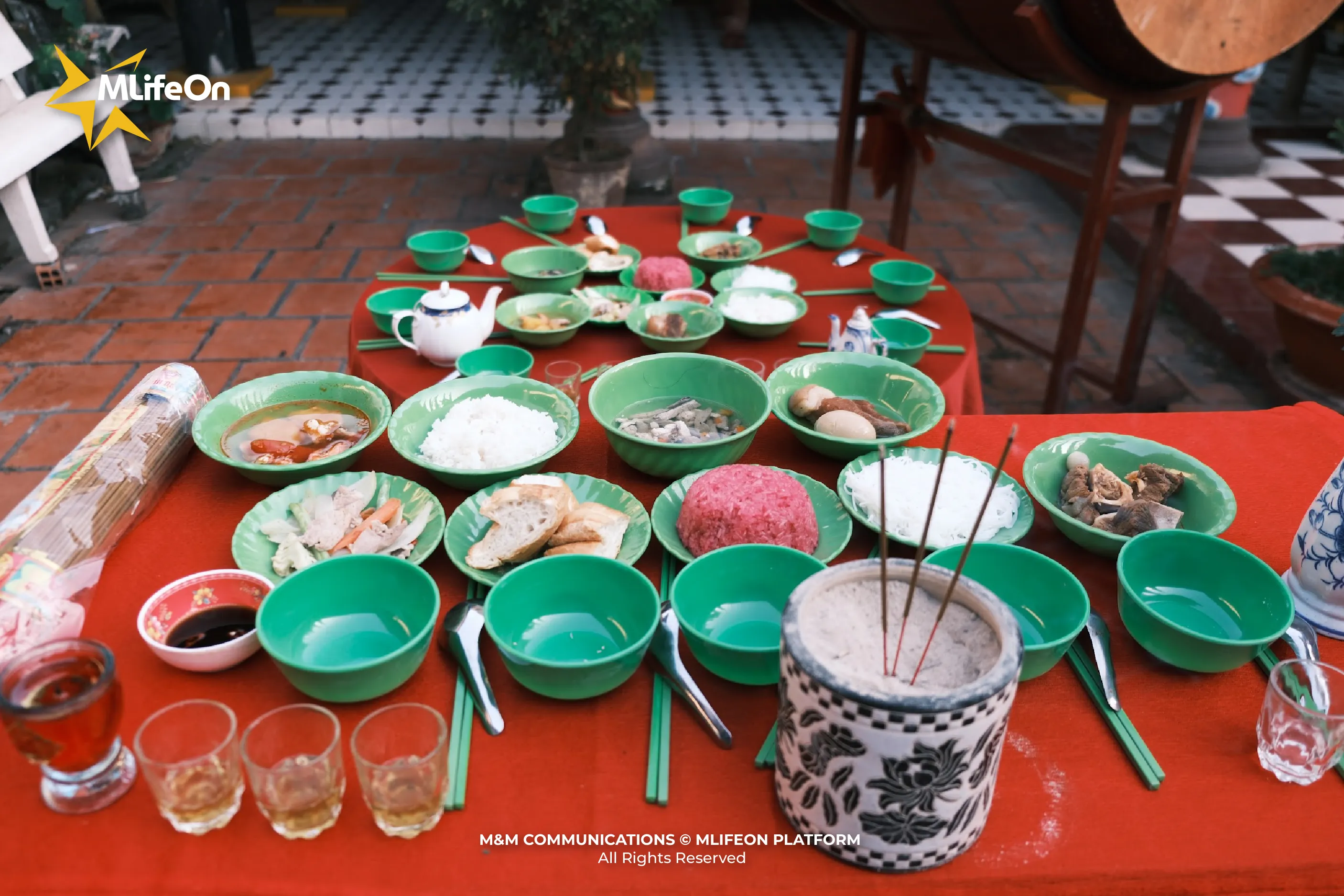
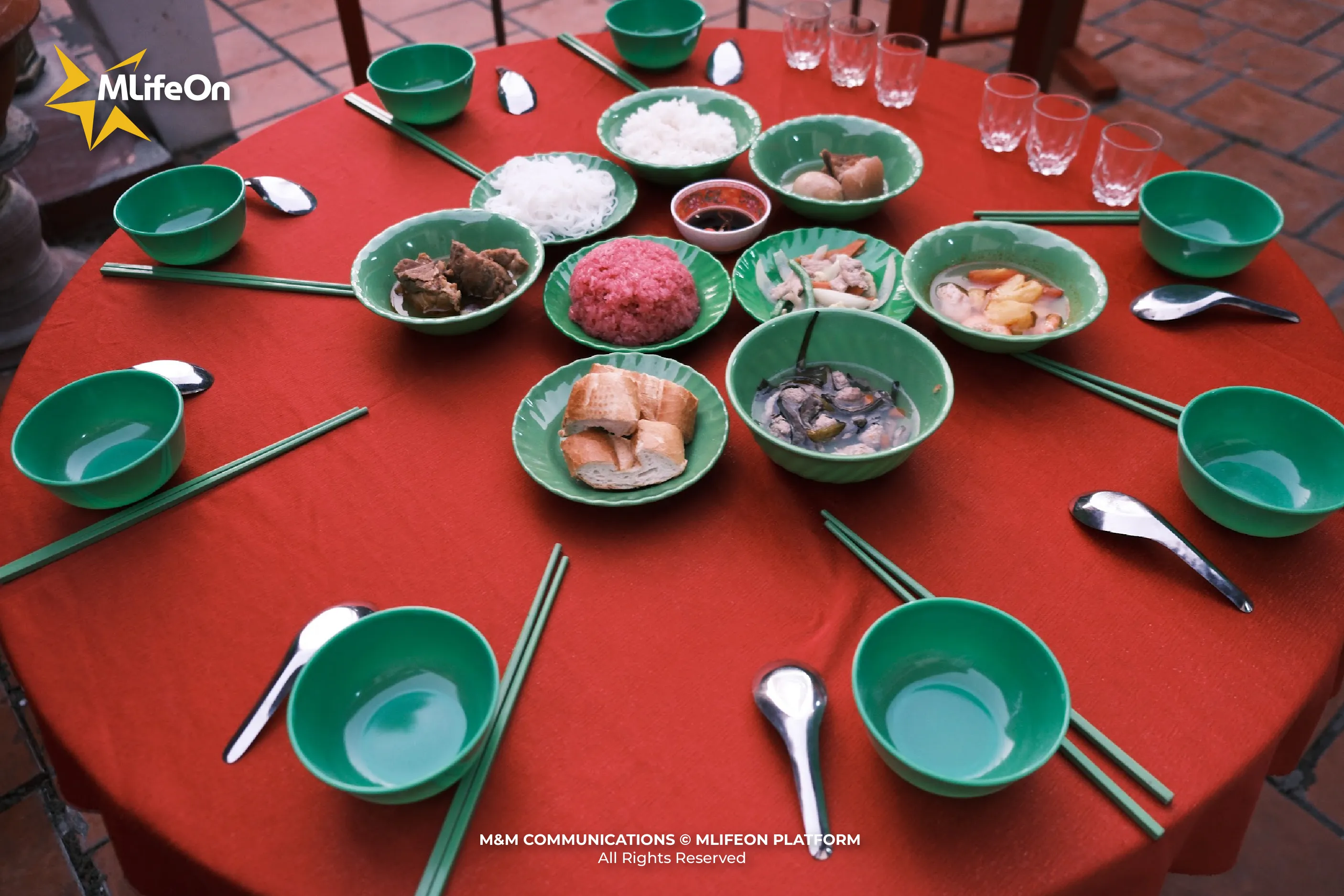
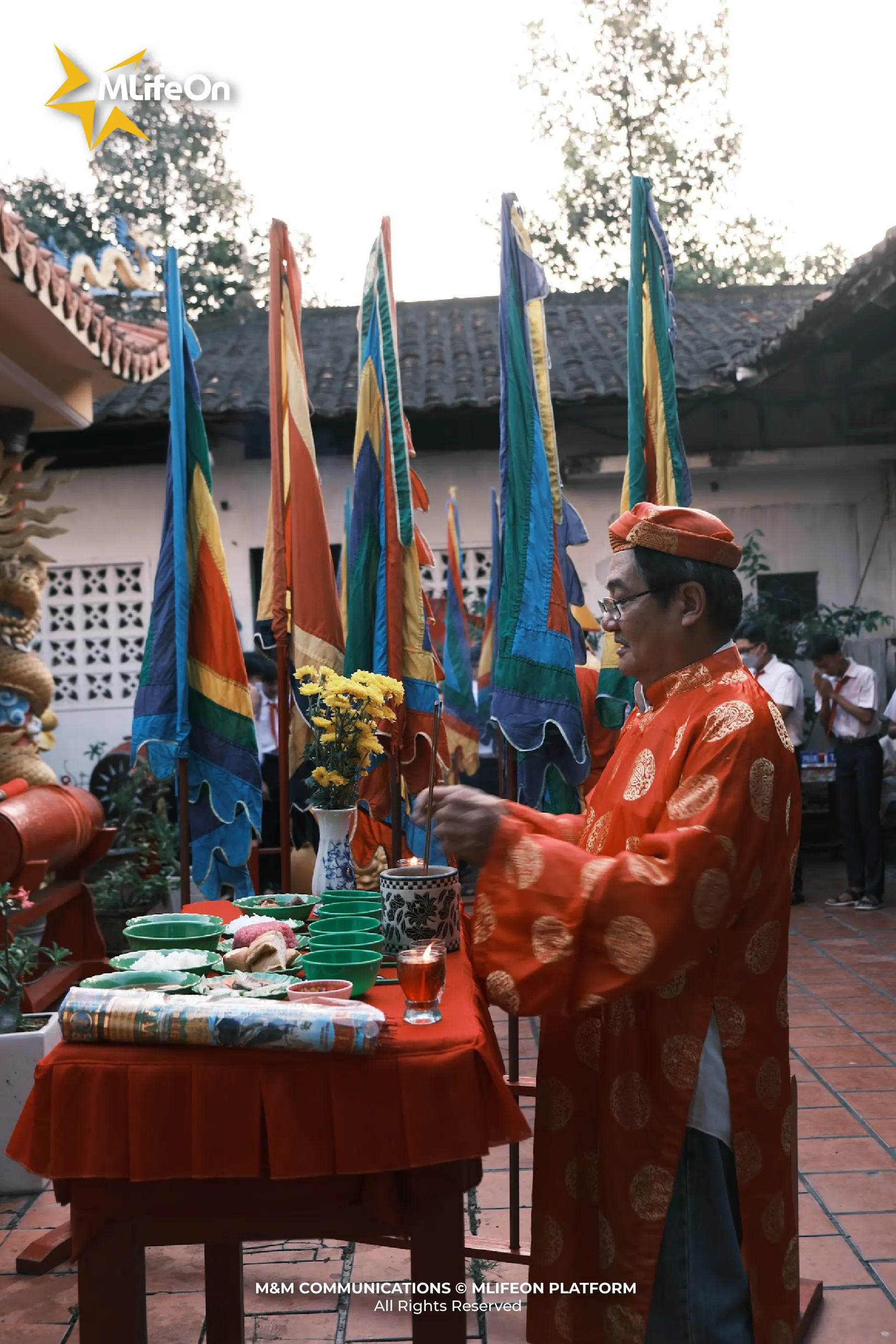
On the offering table, vegetarian and non-vegetarian dishes have been prepared, awaiting the lighting of incense to invite the deities and guardian spirits to come and enjoy. This is also seen as an expression of gratitude from the people to the gods, especially Than Thanh Hoang and the Agricultural Deity, who have helped ensure abundant harvests, as well as a prosperous, peaceful, and happy life for the villagers.
Conclusion
In the solemn and sacred atmosphere of the temple, music and rituals are the two essential elements that have been harmoniously combined to characterize the Ky Yen Ceremony - one of the most important occasions in the spiritual culture of the Southern region.
Visiting and experiencing the ambiance of An Hoi Temple during the Ky Yen Ceremony, one not only witnesses the unique and distinctive features of a ceremony deeply rooted in the regional identity, but also has the opportunity to explore and experience the architectural space of the nearly intact one-hundred-year-old temple in the riverine province of Ben Tre.
—------
CREDIT:
- Photography: Luan Nguyen
- Content: Giang Huynh
- Design: Phuong Nguyen